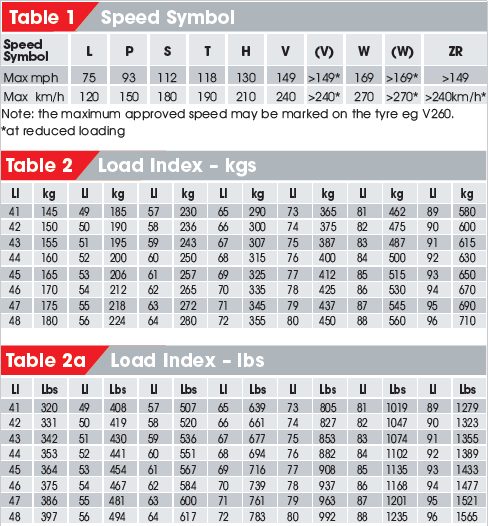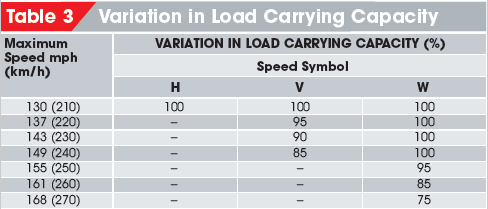No products
Product successfully added to your shopping cart
There are 0 items in your cart. There is 1 item in your cart.
Faqs By Motorcycle Tyres
Tyre Safety
Important Information
Tyres are the only part of your motorcycle that are in contact with the road. Safety in acceleration, braking, steering and cornering all depend on a relatively small area of road contact. It is therefore of paramount importance that tyres should be maintained in good condition at all times, and that, when the time comes to change them, suitable replacements are professionally fitted.
Replacement Tyres
Read the Manual
It is essential that you refer to your motorcycle's manufacturer’s handbook when buying and fitting replacement tires. Changes in tyre size, type and construction should not be made without first seeking advice from the motorcycle manufacturer or tyre manufacturer, since fitting the wrong tyre may have an adverse effect on handling, safety and wear.
Motorcycle tyres are only for use on vehicles for which motorcycle tyres were originally specified by the manufacturer & any other use may be dangerous.
Motorcycle tyres which have been subject to use on Dyno's must no longer be used for subsequent, normal service. Use of motorcycle tyres on a Dyno may invalidate the tyre warranty. All tests on Dyno's must be carried out with test tyres, special tyres reserved for maintenance purposes, or tyres which are worn out or downgraded.
What do the numbers mean?
LOAD INDEX & SPEED RATINGS
Speed Symbol
The SPEED SYMBOL indicates the maximum speed at which the tyre can carry a load corresponding to its Load Index under service conditions specified by a tyre manufacturer.
These speeds are shown in Table 1 and apply to tyres when in good condition, inflated to the correct pressure, operating within their specific load capacity and fitted to the correct size rim. Speeds quoted are the maximum speed of which the tyre is capable, not the speed at which it is normally ridden. V, W and Z rated tyres may also be used at higher speeds but at reduced loadings. For guidance only Table 3 can be used to calculate loads at specific speeds on V, W and Z tyres.
ALL MAXIMUM SPEEDS REFERRED TO ARE SUBJECT TO APPLICABLE LEGAL SPEEDS.
Load Index
The LOAD INDEX is a numerical code associated with the maximum load a tyre can carry (except for loads at speeds above 130 mph (210 km/h) – see Table 2/2a) at the speed indicated by its Speed Symbol under service conditions specified by manufacturer. You should only fit replacement tyres bearing the precise speed and load index referred to in the motorcycle manufacturer’s handbook. Before you make any variation please consult the manufacturer to ensure that the replacement tyre is a correct fitment for your motorcycle.



WIDTH (190)
This number indicates the tyre’s section nominal width, measured in millimeters from sidewall to sidewall. In this case 190mm. Note: the actual physical width of the tyre on the rim can differ from the nominal width.
ASPECT RATIO (50)
This number indicates the tyre’s aspect ratio or height expressed as a percentage of its width. In this case the aspect ratio is 50% of the 190mm width, making it 95mm.
WHEEL DIAMETER (ZR17 M/C)
On a sports bike tyre these letters are usually “ZR”. The “Z” indicates the speed rating of the tyre, which in this case means it is rated above 240kph/149mph. The “R” denotes that the tyre is of radial type construction. The “17″ denotes that the tyre is 17 inches in diameter whilst “M/C” means the tyre is for a motorcycle.
LOAD INDEX & SPEED RATING (73W)
The ‘73W’ indicates the load and speed indexes of the tyre and should always be looked at together when you buy a new tyre. In this case the ’58’ denotes that the tyre is rated for a maximum carrying weight of 236kg at maximum pressure. The “W” represents the maximum speed for the tyre when it is correctly inflated and being used under load, in this case 270km/h. Please remember however that when buying new tyres that you match the speed rating with the speed capabilities of your motorcycle, if exceeded, this risks tyre failure, hence you should always replace a tyre with one of at least the same speed rating so that you don’t reduce the speed capability of your bike.
Please refer to the load index and speed rating tables for more information.
Do i need to run my tyres in?
Running in Tyres
When new motorcycle tyres are fitted for the road, they should not be subjected to maximum power until a reasonable ‘running in’ distance has been covered. 100 dry miles (160km) is the recommended minimum (discount any wet miles covered).
Tyres should then be visually examined and their inflation pressure re-checked before riding.



